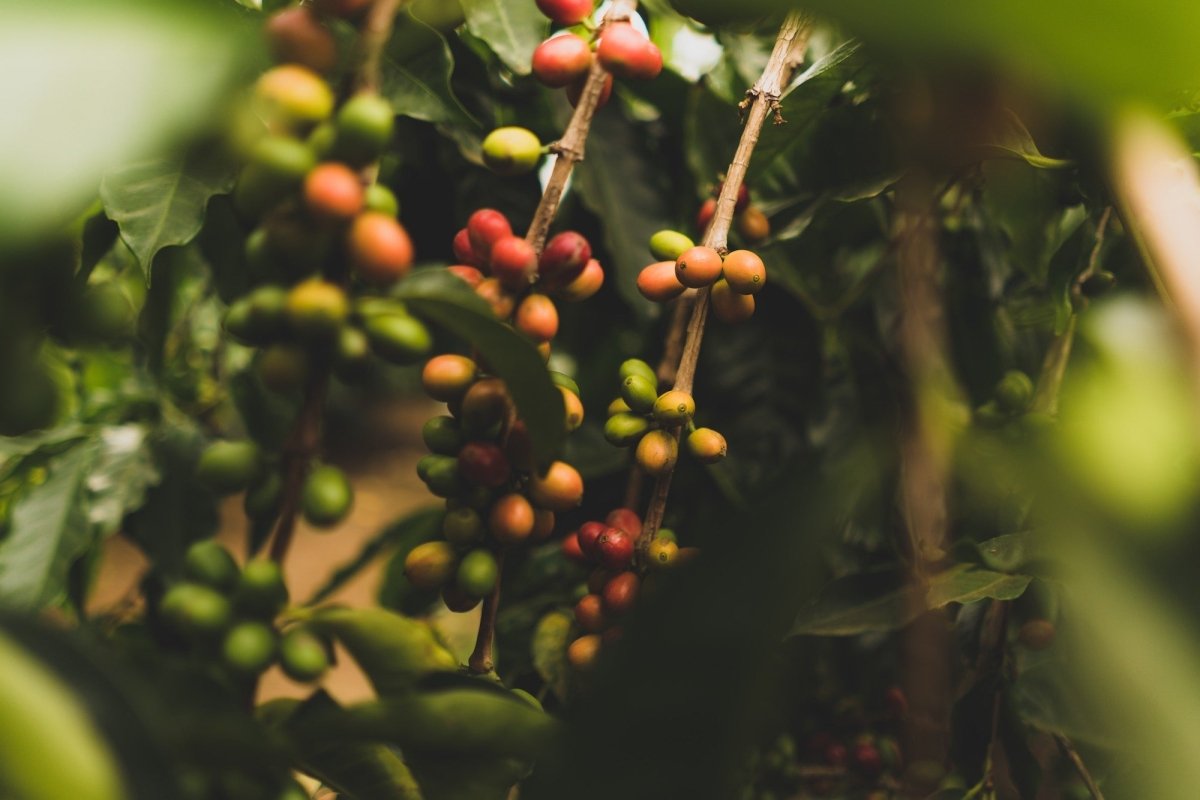Think again, the strength and aromas of coffee do not uniquely come from its roasting or method of preparation. Indeed, this all starts with the variety of the coffee tree.
There are over 80 kinds of coffee trees (coffea), however only two are cultivated for tasting: the Arabica coffea (Arabica coffee) and the coffea canephore (Robusta coffee).
Café Liégeois walks you through these different varieties of coffee in order to better choose and appreciate your caffeinated moments.

The Arabica coffee
Arabica is the most cultivated variety in the world (around 70% of the world production). It first made its day view many centuries ago and is its given its name thanks to its birthplace; the Arabic peninsula, between Ethiopia and Yemen.
The Coffea Arabica flourishes in a humid and shady environment, as well as in high altitude (between 800 and 2000 meters).
The variations of flavor of the Arabica principally come from the origin of the coffee. We can find this plant in South American cultures (Brazil, Colombia, Guatemala), Central America (Mexico) and Africa (Ethiopia).
Although the mention of 100% Arabica is often perceived as a gage of quality and smoothness of the coffee, it is in reality a question of origin, taste and mix. Furthermore, the idea of a more “accessible” coffee, borrowed by Arabica is in fact due to the higher percentage of sugar compared to the Robusta, which masks its acidity.
The Robusta coffee
Like the plant Coffea canéphora, a robust plant, easy and fast to cultivate, the Robusta coffee is full-bodied and strong with bitter aromas. It’s the reason why it is largely less consumed than the Arabica and sold at a much lower price.
However, some Robusta’s are today able to compete with the quality of other Arabica’s. Thanks to its culture, roasting and preparation, the Robusta presents a complexity that tends to be as big as the Arabica.
The Robusta is rarely consumed pure. It is often used in mixes where its full-bodied, earthy and chocolaty aspects are its best assets.

